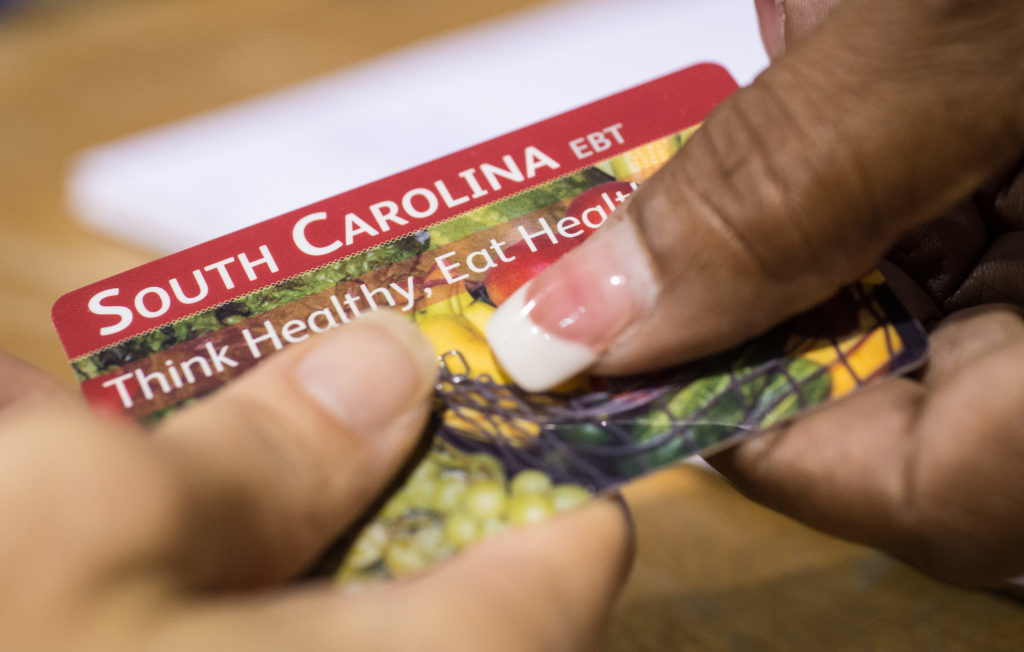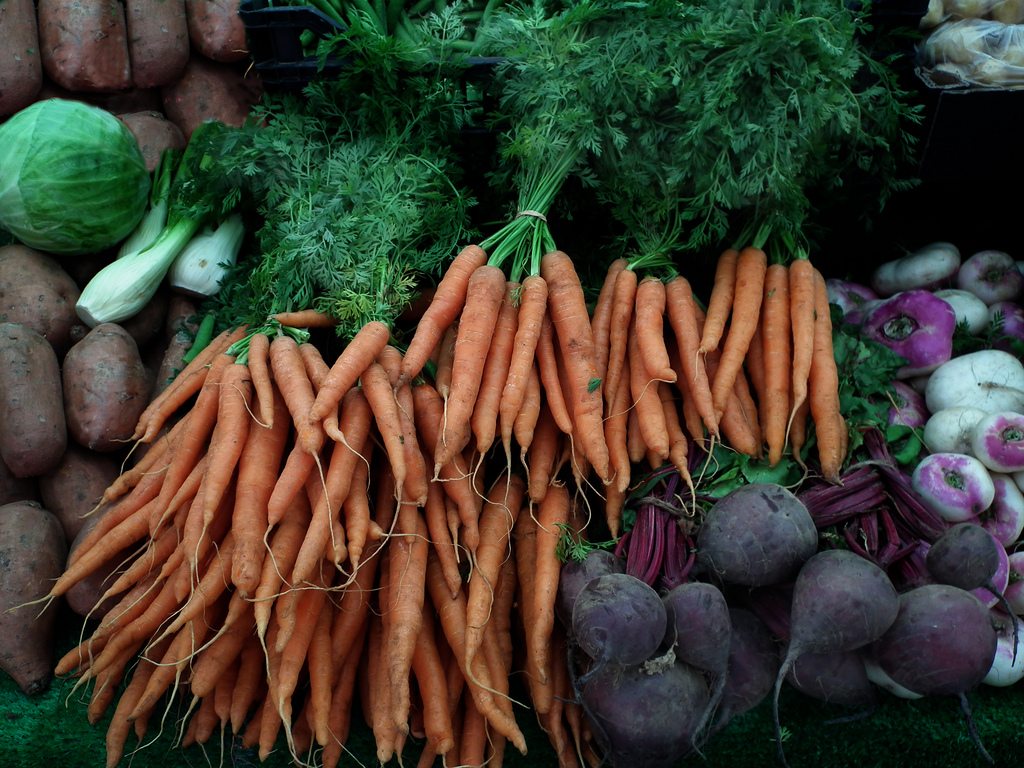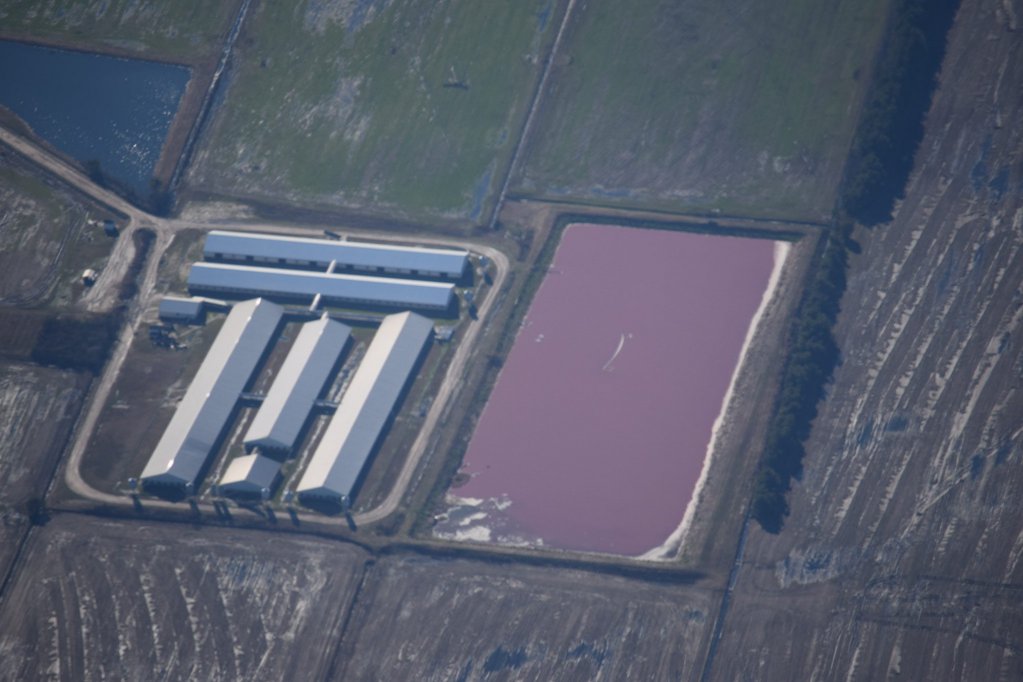
iStock / asiseeit
The Department of Agriculture (USDA) has secured the $5.1 billion to keep the federal food stamps program—officially known as the Supplemental Nutrition Assistance Program (SNAP)—afloat through February if the federal shutdown continues, Secretary Sonny Perdue announced on Tuesday evening.
Since the shutdown began on December 22, 2018, the food system has been deeply affected. Stories vary from the icing nuisance lawsuits in farming communities to federal employees having to feed themselves with free food.
Speaking of getting fed: Over 40 million people rely on the federal food stamps program to put food on the table each month, according to USDA. Until now, there has been much speculation, but few answers, about how SNAP would be funded after appropriations for the program run out at the end of January. Tuesday’s announcement tells us that USDA will be able to fund SNAP through February using a little-known provision in the previous appropriations bill called a “continuing resolution.”
A continuing resolution gives government agencies the authority to operate programs like SNAP in times just like this, but in this case, that authority will run out on January 20, 2019—exactly 30 days from when the previous appropriations bill expired. That means that states must apply for SNAP money within the next 12 days—funds that they will then administer to participants for the month of February.
In addition, USDA will allocate an extra month’s worth of funding to another, lesser-known food assistance program, one that specifically helps new mothers and their children.
The Special Supplemental Nutrition Program for Women, Infants, and Children (WIC) is a federal assistance program that provides a range of services to low-income expectant or new mothers and their children. Benefits include support for breastfeeding, infant formula, baby food, and money for healthy food for mothers.
These are crucial health resources for over 8 million women, who may not otherwise have the financial means or community networks to access them. According to USDA, women on the program report higher rates of breastfeeding than women who are eligible but do not participate, and children on WIC show lower rates of nutritional deficiencies. And a recent study from the Centers for Disease Control and Prevention (CDC) found a link between WIC participation and a modest decrease in childhood obesity.
WIC, however, is administered at the state and local levels through USDA grants. Even though the USDA is on pause, WIC is still operating on the ground with state funds, at least through the end of February.
“The agency will allocate at least $248 million to State agencies this week, and we have identified an additional $350 million in unspent prior year funds to allocate at a later date,” Perdue said in a press release. “A total of approximately $600 million in funding will be provided to WIC State agencies. We will continue to work with States to make resources available to the extent possible.”
Earlier on Tuesday, I heard from Amy Fagan, the assistant director of health at the Wichita Falls—Wichita County health district in Texas, which administers WIC to participants in the region. In her tenure, Fagan told me she’d already endured three shutdowns, though none as long 19 days (and counting). Fagan said she was optimistic that WIC would continue to receive funding, even if the shutdown persisted.
“[We’re hopeful] that USDA will find a resolution to make sure that WIC stays operational,” Fagan told me. “Because it’s so important to our moms, our pregnant moms, our postpartum moms and our kids, our families.”
With Tuesday’s announcement, Fagan and families on food assistance across the country are likely to breathe a sigh of relief.










